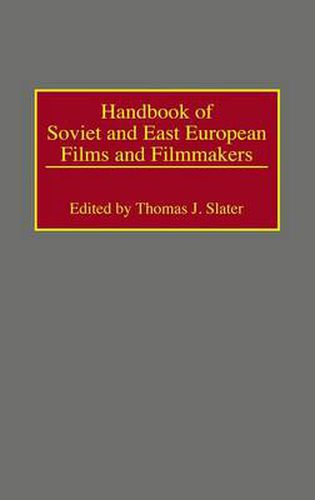Readings Newsletter
Become a Readings Member to make your shopping experience even easier.
Sign in or sign up for free!
You’re not far away from qualifying for FREE standard shipping within Australia
You’ve qualified for FREE standard shipping within Australia
The cart is loading…






In Eastern Europe artists, intellectuals and entertainers are now free to create film outside the direct control of the State. This handbook aims to show how much film art was still being produced behind the Iron Curtain even during such repressive periods as those under Stalin and Brezhnev. By means of detailed historiographical essays for each country, the author has compiled a history of cinematic evolution in the Soviet Union and Eastern Europe. The dramatic changes in political and economic structures that occurred during 1989 and 1990 have revealed even more about courageous film-makers who worked under difficult conditions. Many were still able to produce artistically important films, but they were often forced to become propagandizers for their authoritarian governments. The book outlines their film achievements and examines how their people responded to the films they were allowed to see. The appendix consists of a chronology of major historical, cultural and film events of the last 100 years.
$9.00 standard shipping within Australia
FREE standard shipping within Australia for orders over $100.00
Express & International shipping calculated at checkout
In Eastern Europe artists, intellectuals and entertainers are now free to create film outside the direct control of the State. This handbook aims to show how much film art was still being produced behind the Iron Curtain even during such repressive periods as those under Stalin and Brezhnev. By means of detailed historiographical essays for each country, the author has compiled a history of cinematic evolution in the Soviet Union and Eastern Europe. The dramatic changes in political and economic structures that occurred during 1989 and 1990 have revealed even more about courageous film-makers who worked under difficult conditions. Many were still able to produce artistically important films, but they were often forced to become propagandizers for their authoritarian governments. The book outlines their film achievements and examines how their people responded to the films they were allowed to see. The appendix consists of a chronology of major historical, cultural and film events of the last 100 years.